gọi cho chúng tôi ngay
ĐT: +86-4000988557;
ID Skype: gfreex@hotmail.com;
WeChat: Troysupply_com;
ID QQ: 8936906
J-20, biệt danh "Rồng Hùng Cường" và tên hiệu NATO là "Hỏa Nha", là máy bay chiến đấu tàng hình hạng nặng hai động cơ thế hệ mới nhất (thế hệ thứ tư theo tiêu chuẩn cũ của châu Âu và Mỹ, thế hệ thứ năm theo tiêu chuẩn mới và của Nga) do Tập đoàn Công nghiệp Máy bay Thành Đô phát triển cho Quân Giải phóng Nhân dân Trung Quốc. Được thiết kế để kế thừa các máy bay chiến đấu đa năng/ưu thế trên không thế hệ thứ ba như J-10 và J-11, J-20 sẽ chịu trách nhiệm bảo vệ chủ quyền trên không và trên biển trong tương lai của Trung Quốc. J-20 có thiết kế một chỗ ngồi, hai động cơ với hai đuôi đứng có thể di chuyển hoàn toàn, cửa hút khí kiểu phình DSI và cánh mũi hướng lên trên với các cánh vòm nhọn. Mũi và thân máy bay có hình thoi, với đuôi đứng nghiêng ra ngoài và cửa bánh đáp hình răng cưa. Thân máy bay được sơn màu xanh lá cây đậm, nhìn từ xa gần như đen. Các khoang chứa bom hai bên sử dụng thiết kế cải tiến cho phép các bệ phóng tên lửa được đóng kín và lắp đặt bên ngoài. Chúng được trang bị tên lửa không đối không mới tiên tiến nhất của Trung Quốc.
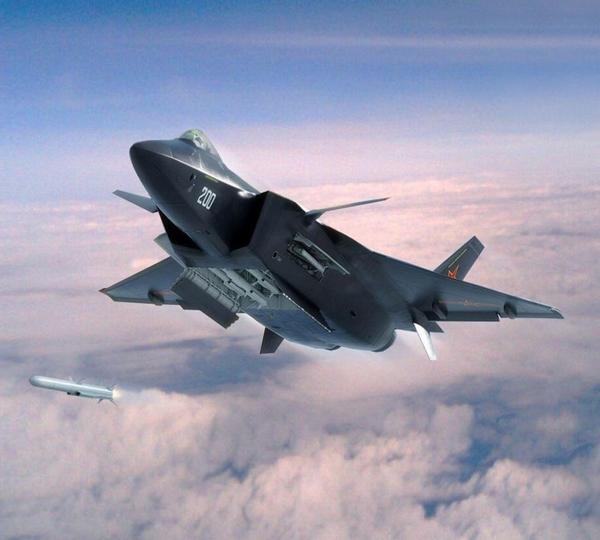
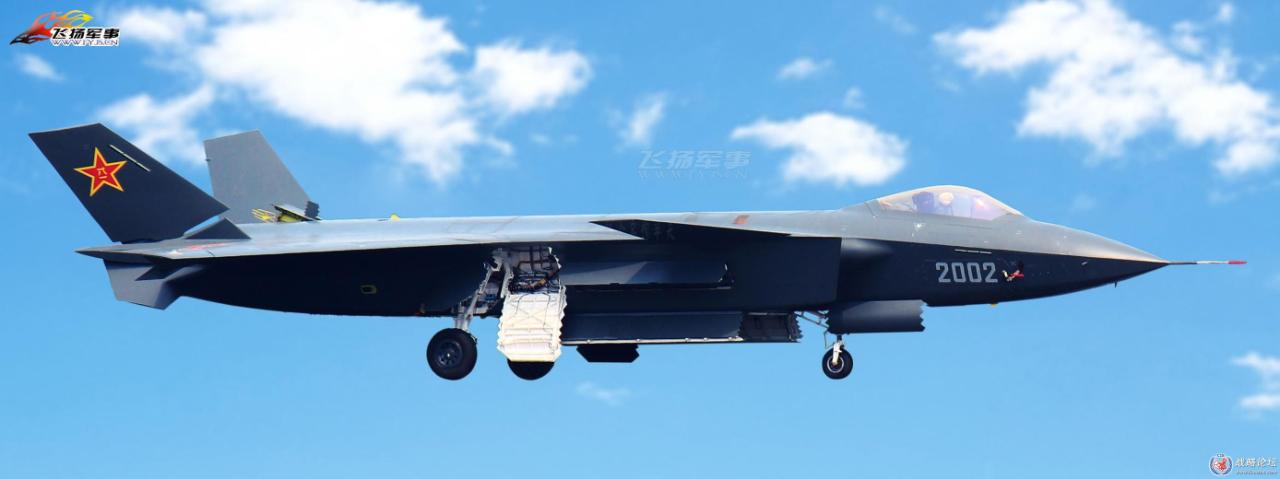
II. Hệ thống truyền động và khả năng cơ động
1. Cấu hình động cơ
- Động cơ WS-15: Lực đẩy tối đa 18,5 tấn mỗi động cơ, được trang bị vòi phun điều hướng ba trục, hỗ trợ bay siêu thanh (Mach 1,83) và tốc độ tối đa Mach 2,8.
- So với động cơ WS-10C trước đó, có lực đẩy 145 kN (khoảng 14,8 tấn) và tỷ lệ lực đẩy trên trọng lượng khoảng 10.
2. Tốc độ siêu thanh và khả năng cơ động
- Khả năng bay siêu thanh (Mach 1,8) cải thiện đáng kể khả năng phản ứng trên chiến trường.
- Cánh phụ + đuôi thẳng đứng có thể di chuyển hoàn toàn + thiết kế xoáy ở cạnh trước giúp tăng khả năng cơ động ở góc tấn công lớn.
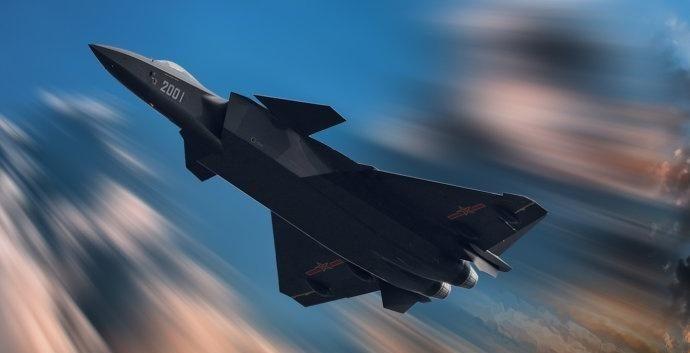
III. Hệ thống nạp đạn và vũ khí
1. Tải vũ khí
- Khoang bom bên trong: Khoang bom chính có thể mang 4 tên lửa không đối không tầm trung và tầm xa PL-15, khoang bom bên có thể mang 2 tên lửa chiến đấu tầm gần PL-10E.
- Khả năng treo ngoài: 4 điểm treo dưới cánh (thường không được sử dụng cho các nhiệm vụ tàng hình), với tải trọng tối đa là 11 tấn.
2. Nâng cấp đạn dược
- Trong tương lai, nó có thể được điều chỉnh để phù hợp với loại đạn "bút chì" mới, và sức chứa khoang bom chính sẽ được tăng lên 6 ([8]).
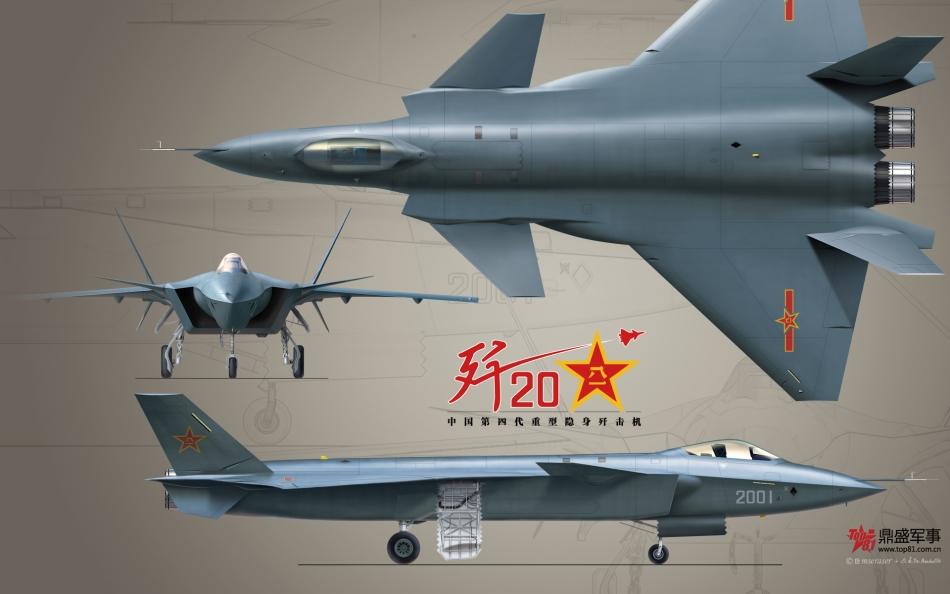
IV. Tầm bắn và bán kính chiến đấu
1. Dữ liệu phạm vi
- Tầm bắn tối đa: 6.000 km (phiên bản WS-15, [4]); 5.500 km đối với các phiên bản đầu.
- Bán kính chiến đấu: 2.000 km (không tiếp nhiên liệu trên không), bao phủ chuỗi đảo đầu tiên; có thể mở rộng đến Guam sau một lần tiếp nhiên liệu.
2. So sánh với F-22
- Bán kính chiến đấu của F-22 chỉ 800-1.000 km, còn J-20 có lợi thế đáng kể về khả năng tấn công tầm xa.
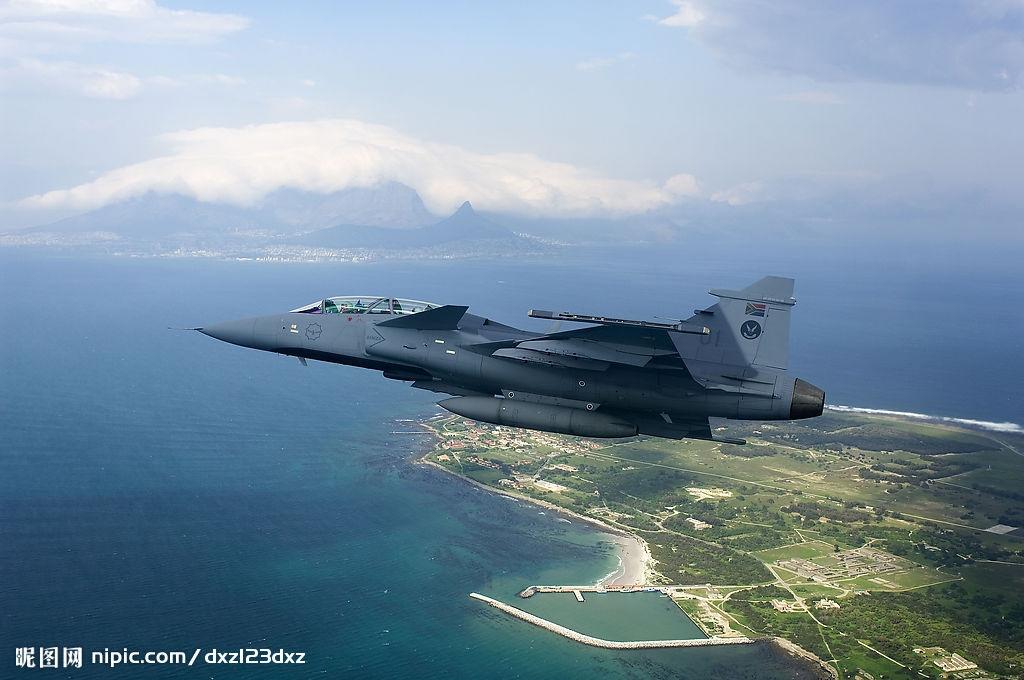
V. Thiết bị điện tử và hoạt động hợp tác
1. Hệ thống radar và nhận thức
- Radar mảng pha chủ động loại 1475: Tầm phát hiện 200 km, có khả năng theo dõi 20 mục tiêu và khóa mục tiêu vào 4 mục tiêu.
- Phát hiện đa phổ: Hệ thống nhắm mục tiêu điện tử-điện tử (EOST) và hệ thống khẩu độ phân tán (EODAS) tích hợp giúp tăng cường khả năng nhận dạng mục tiêu tàng hình.
2. Khả năng hoạt động cộng tác
- Hợp tác với máy bay không người lái để xây dựng "siêu nút thông tin" giúp tăng cường đáng kể nhận thức tình hình chiến trường.
- Trong chiến đấu mô phỏng, J-20S (phiên bản hai chỗ ngồi) đạt tỷ lệ thành công 95% trước F-22 thông qua sự phối hợp với máy bay không người lái.
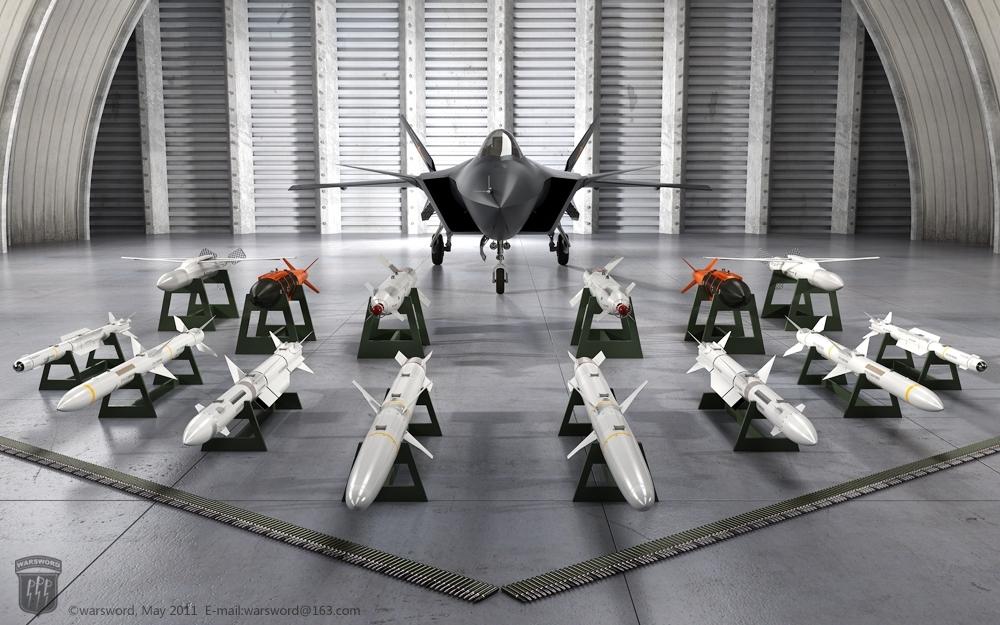
VI. Tóm tắt khả năng chiến đấu
1. Ưu điểm cốt lõi
- Tàng hình + Tốc độ siêu thanh: Kết hợp khả năng quan sát thấp với khả năng xuyên phá tốc độ cao, mang lại lợi thế vượt trội so với máy bay thế hệ thứ ba (như J-10).
- Tấn công tầm xa: Tầm hoạt động mở rộng và khả năng tiếp nhiên liệu trên không hỗ trợ các hoạt động xuyên khu vực, bao gồm các nút giao thông quan trọng ở Tây Thái Bình Dương.
- Hợp tác có hệ thống: Sử dụng các đàn máy bay không người lái và mạng lưới thông tin, nó cho phép chiến đấu trên không bất đối xứng.
2. So sánh với máy bay thế hệ thứ năm quốc tế
- F-22: J-20 vượt trội về tầm bay, khả năng bay siêu thanh và khả năng phối hợp hoạt động; tuy nhiên, vấn đề bảo trì lớp phủ tàng hình của F-22 làm suy yếu hiệu quả chiến đấu của máy bay này.
- F-35: J-20 vượt trội hơn về tốc độ và tải trọng, nhưng F-35 có mức độ tích hợp thông tin cao hơn (cần tích hợp với hệ thống cảnh báo sớm).
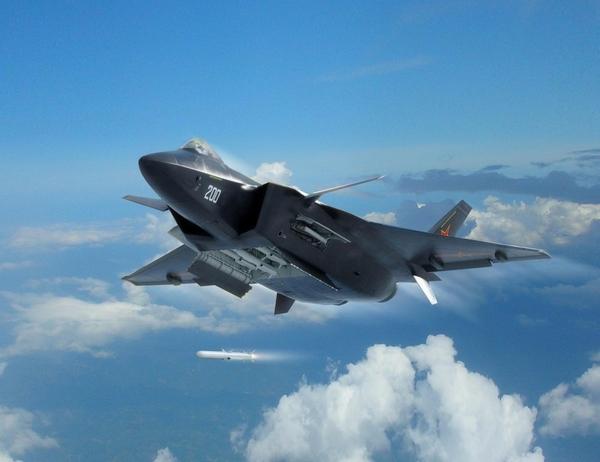
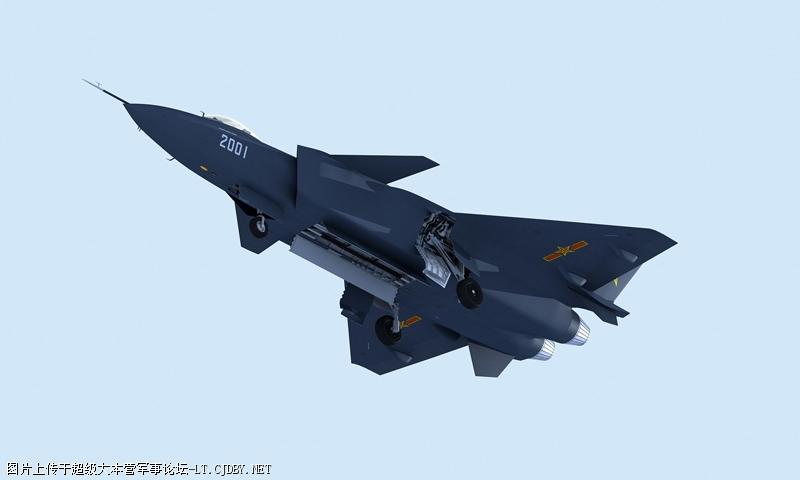
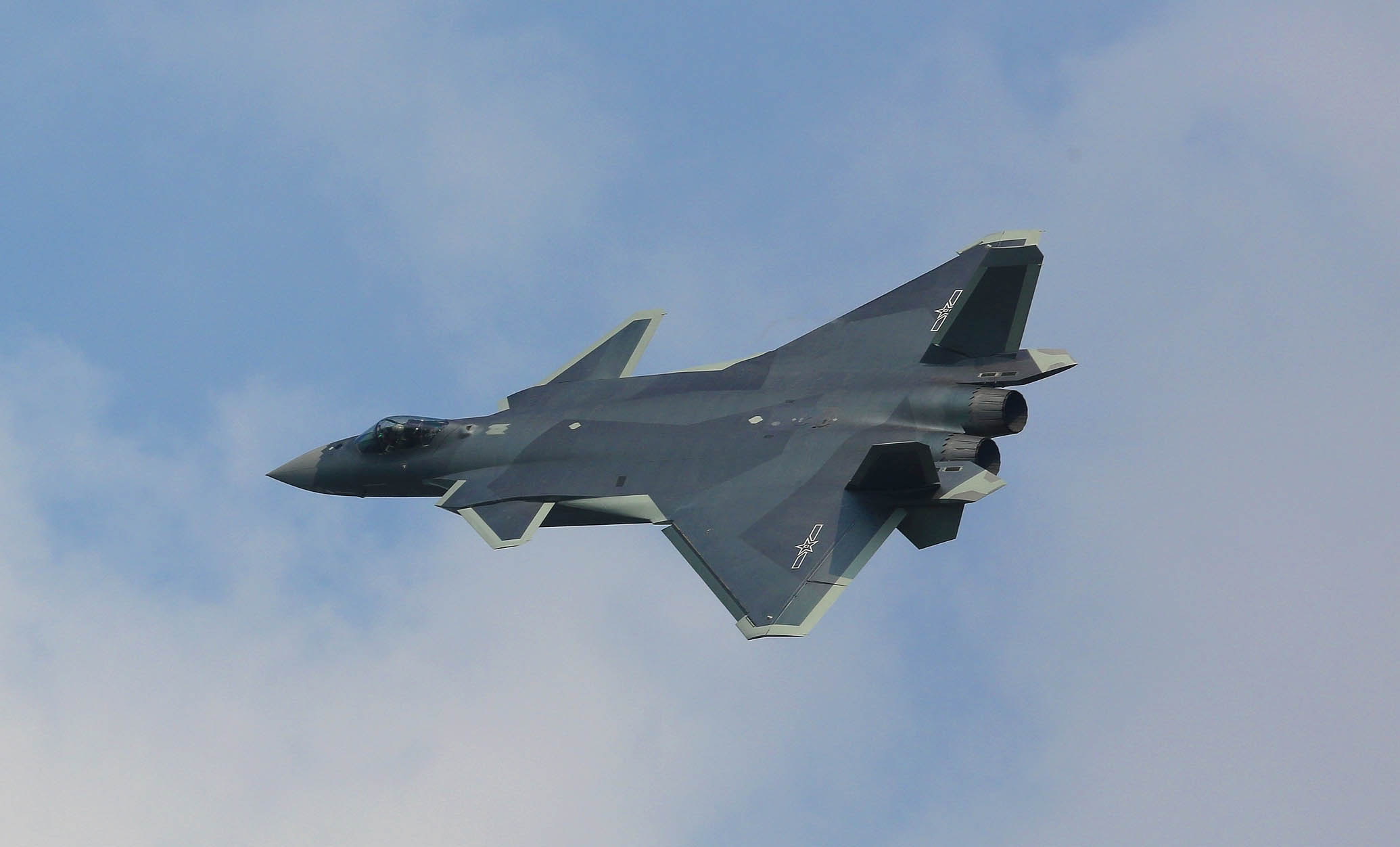
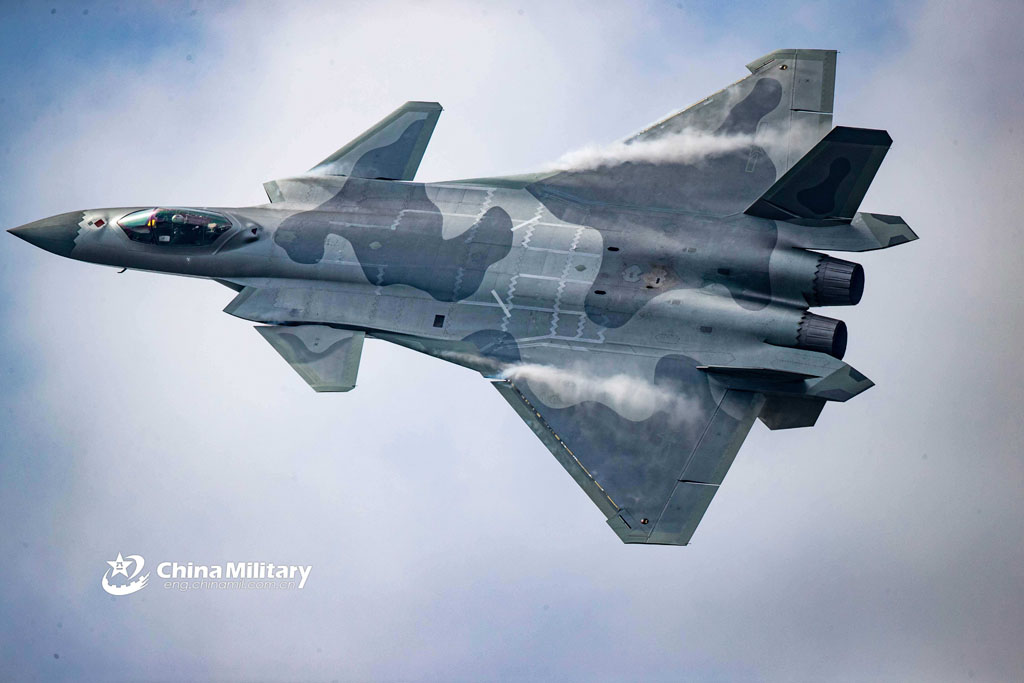
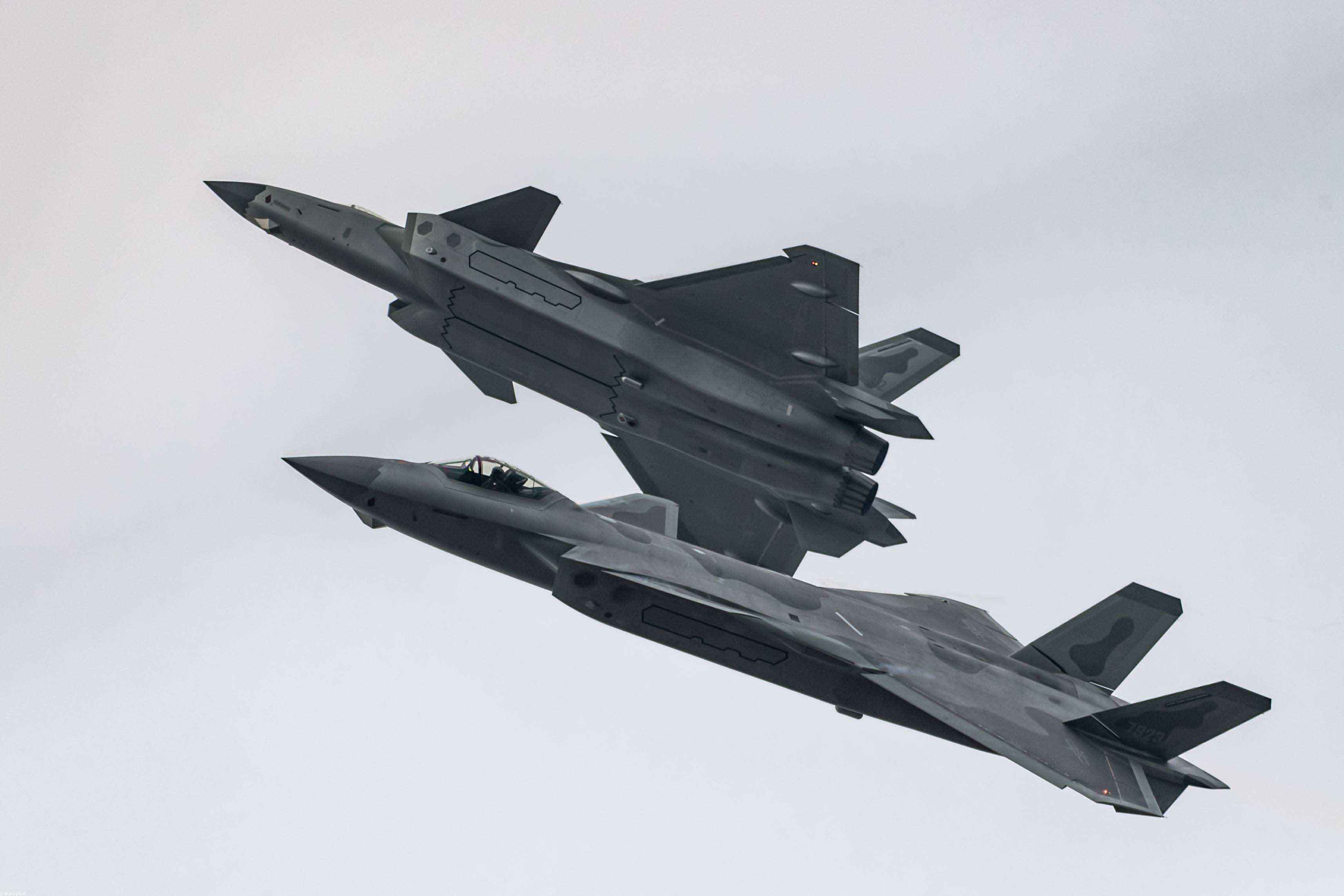
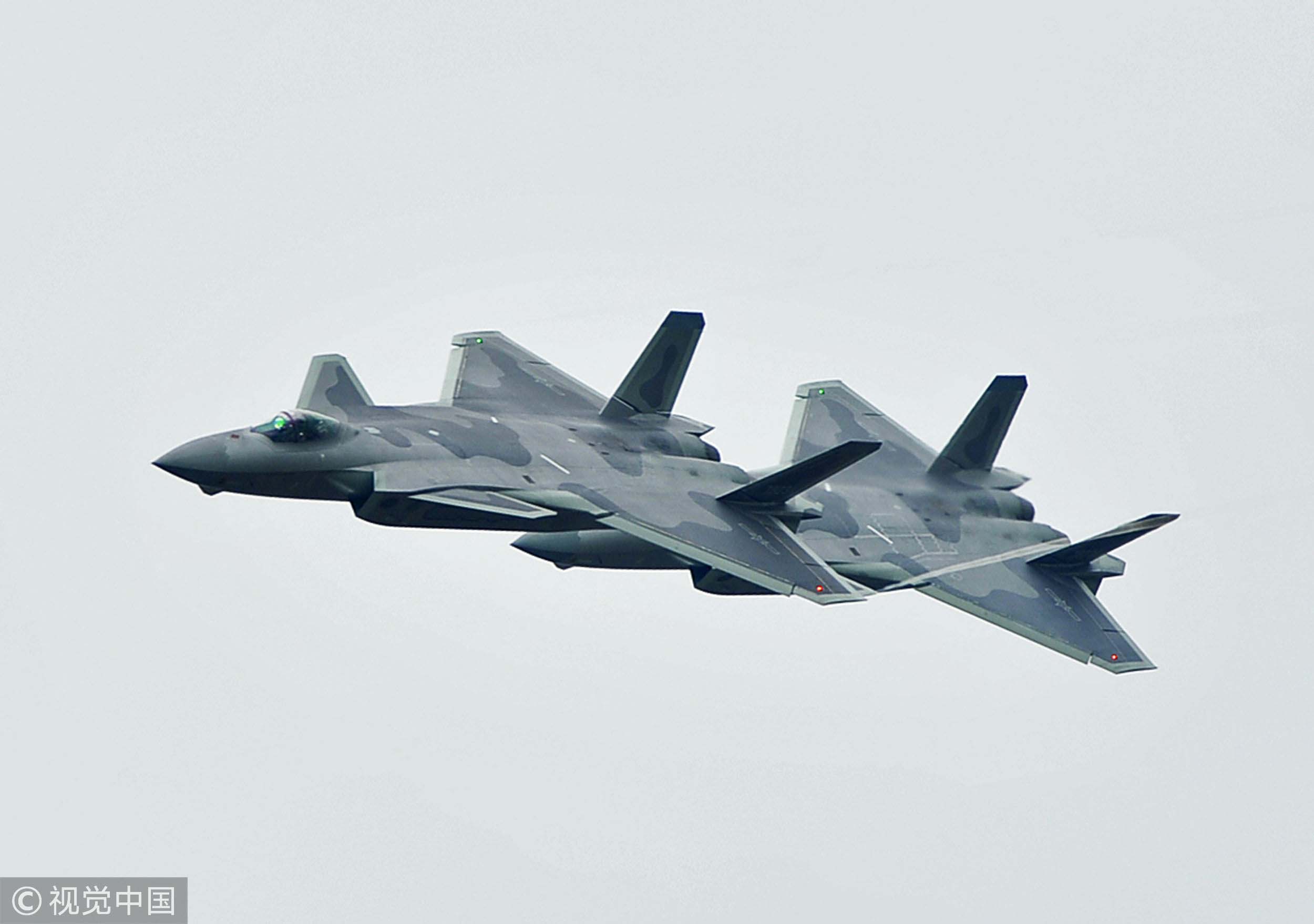
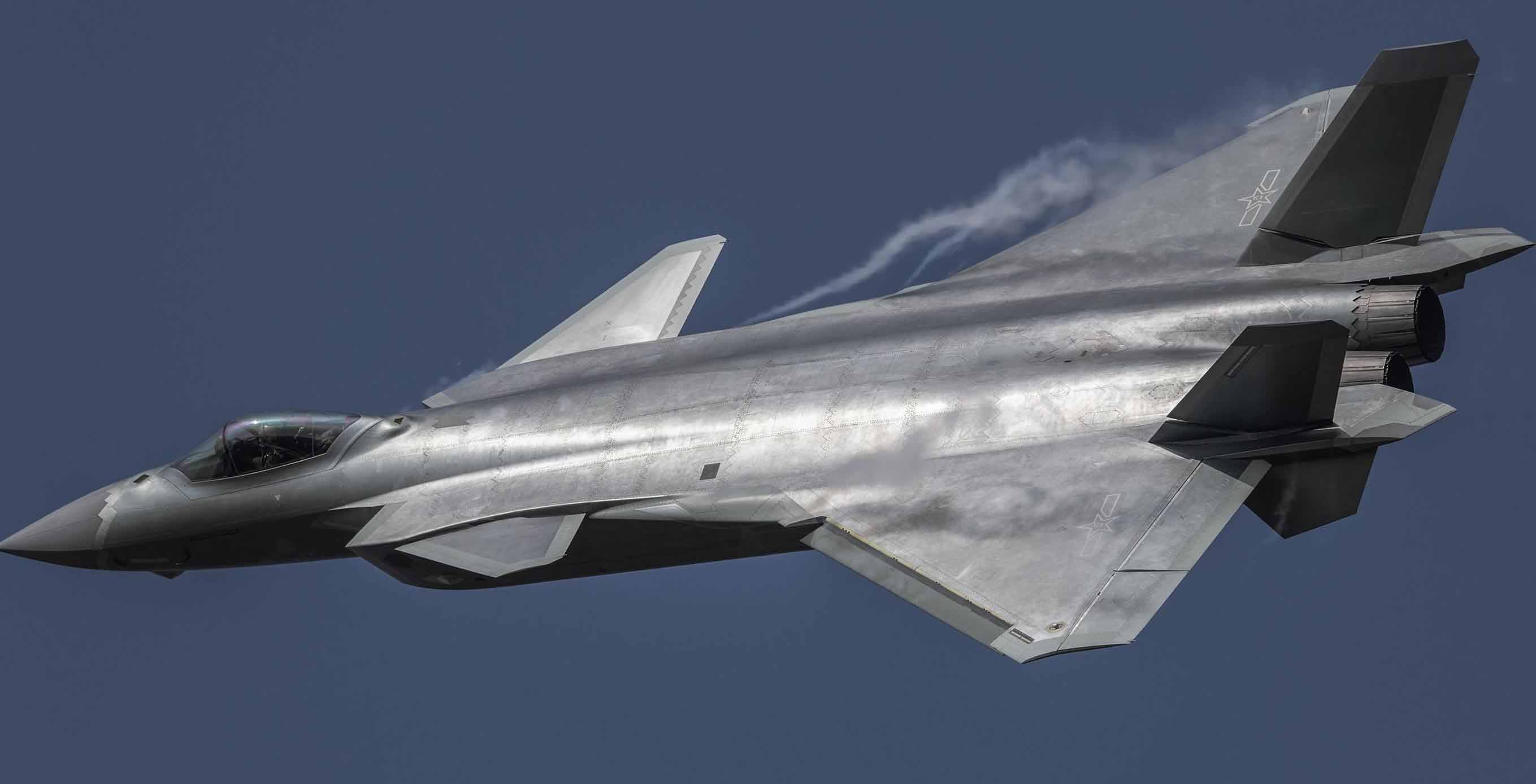
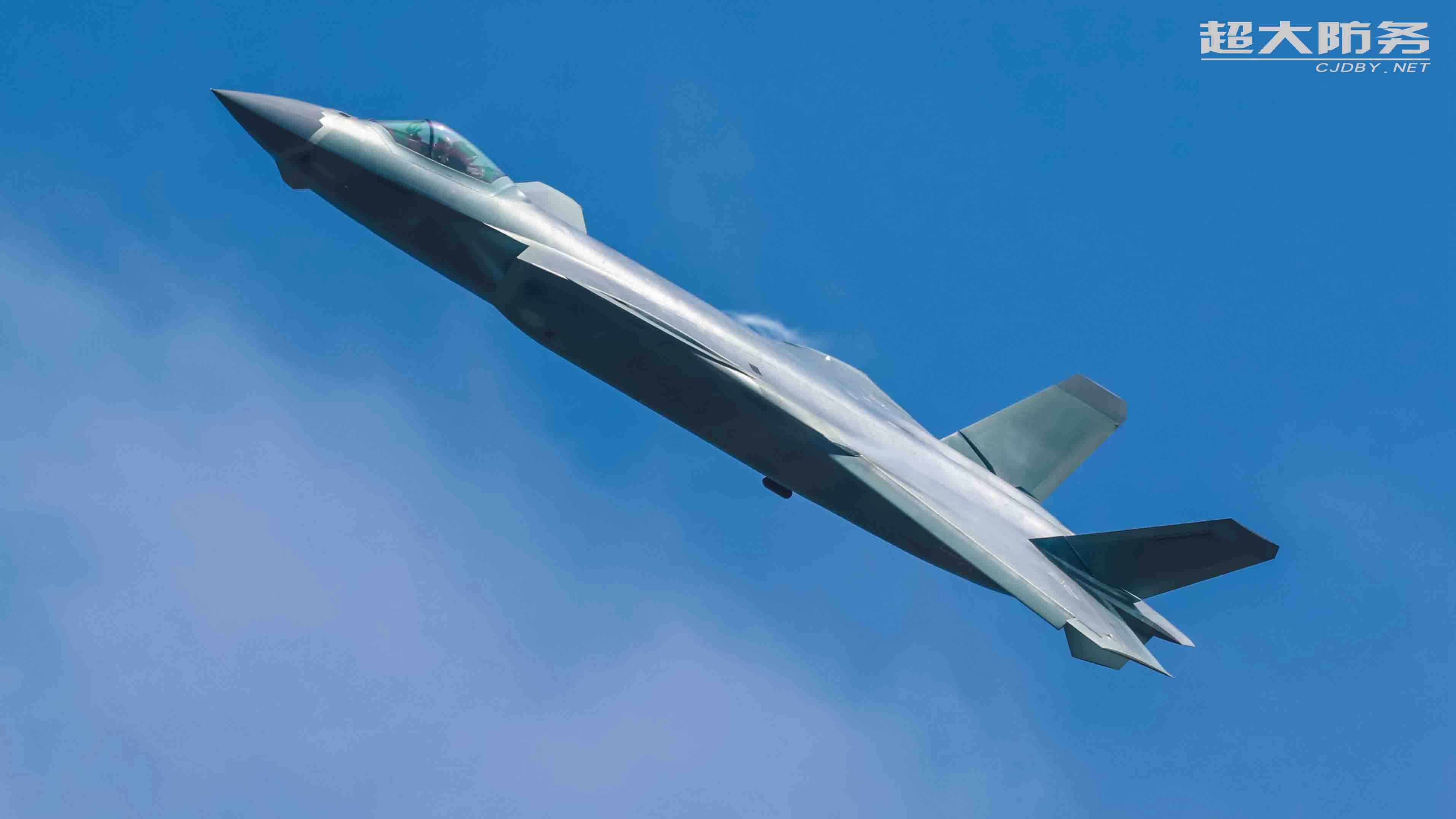
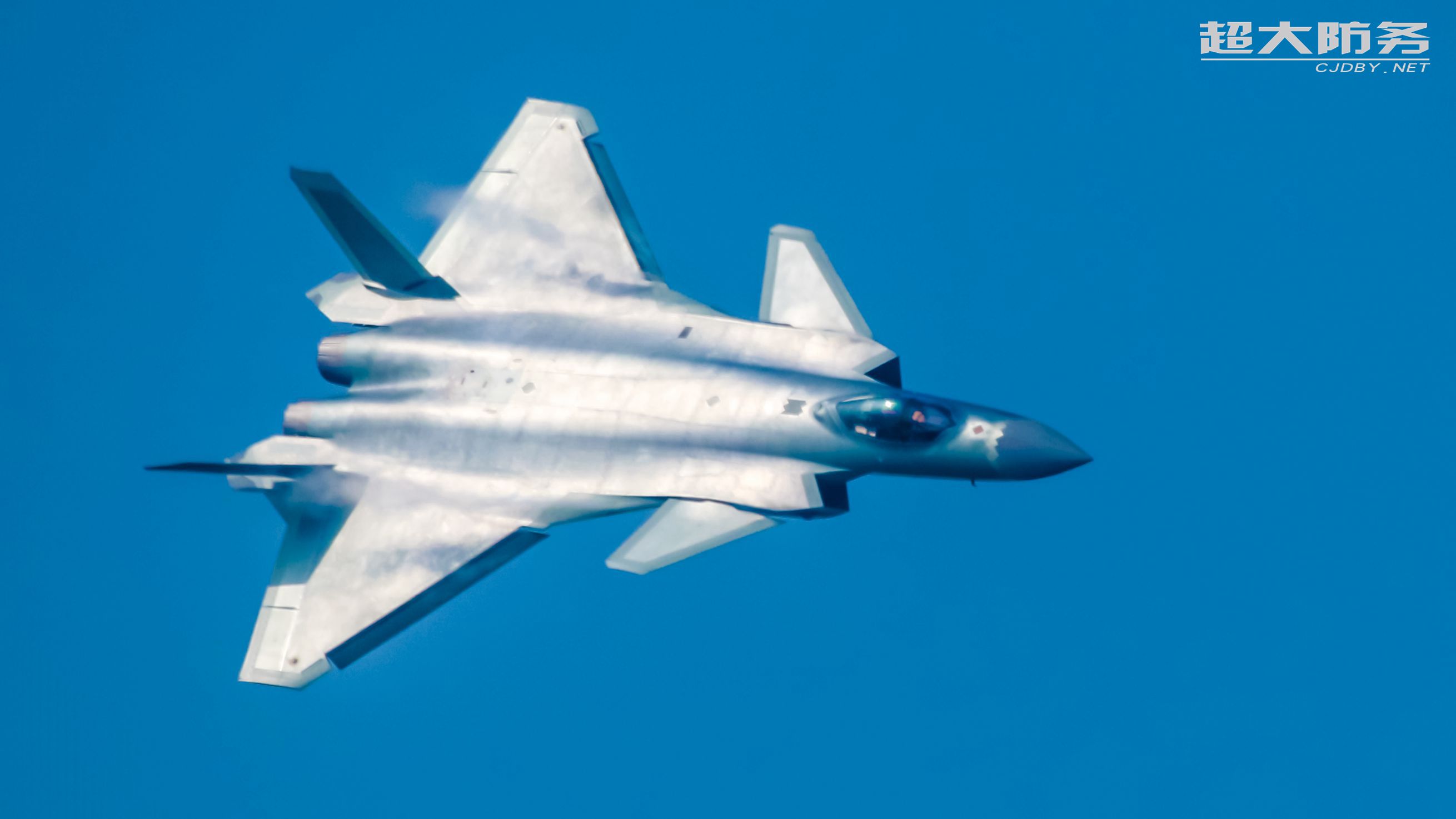
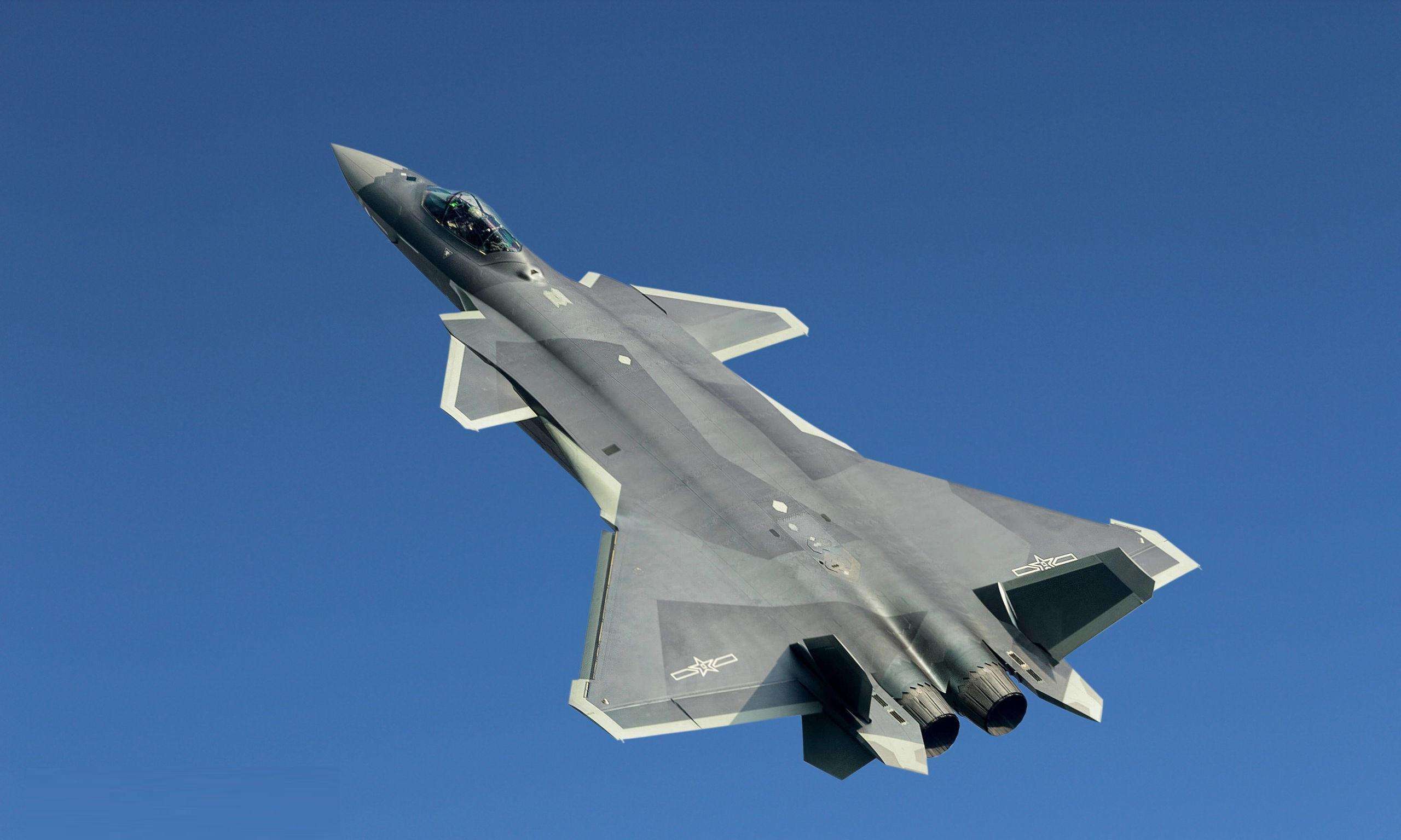
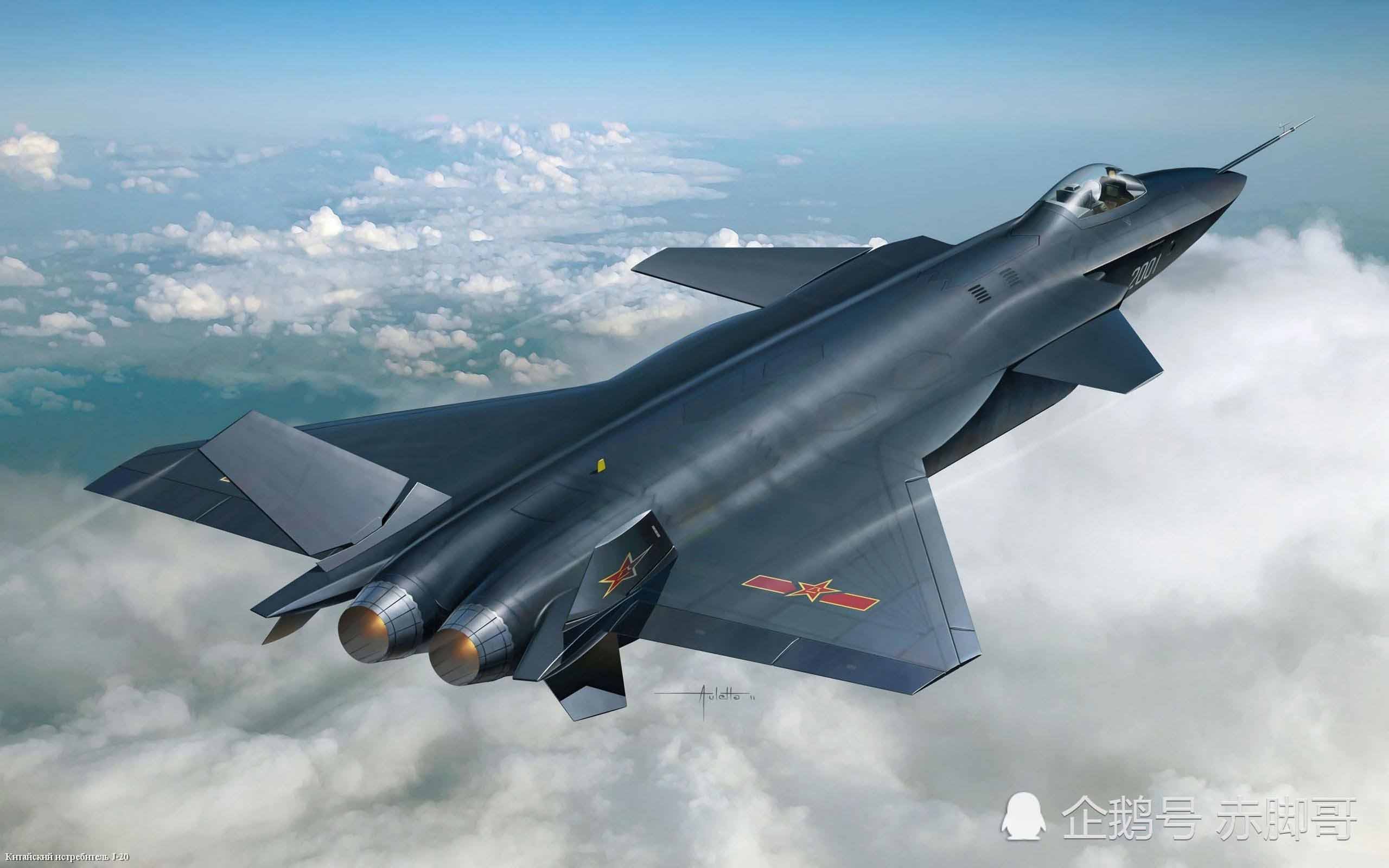
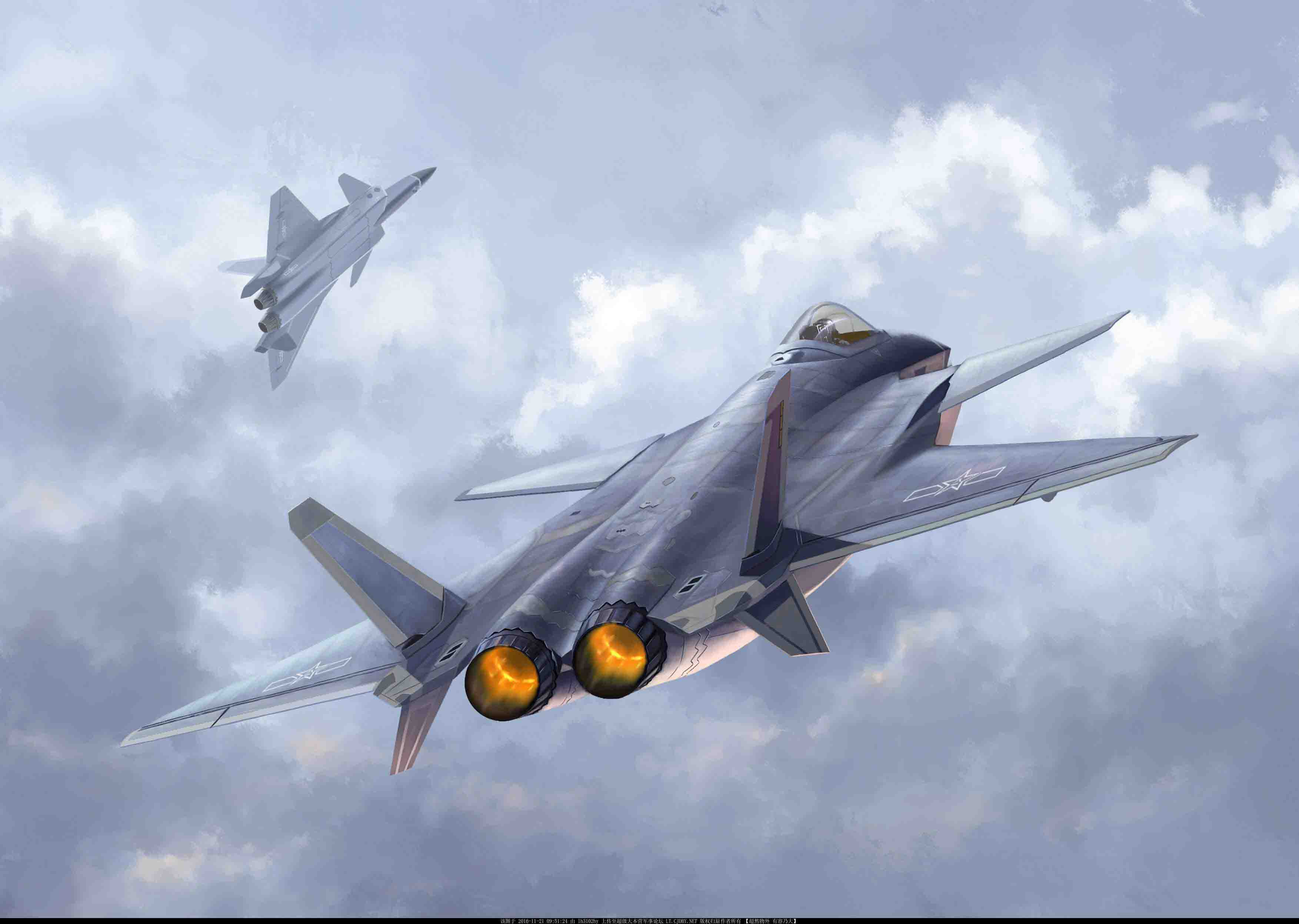
Máy bay chiến đấu J-20
Máy bay J-20.
 Dịch vụ trực tuyến
Dịch vụ trực tuyến 4000988557
4000988557 sales1@troysupply.com
sales1@troysupply.com sales2@troysupply.com
sales2@troysupply.com Richard Liu
Richard Liu TROY
TROY 8936906
8936906 Troysupply_com
Troysupply_com